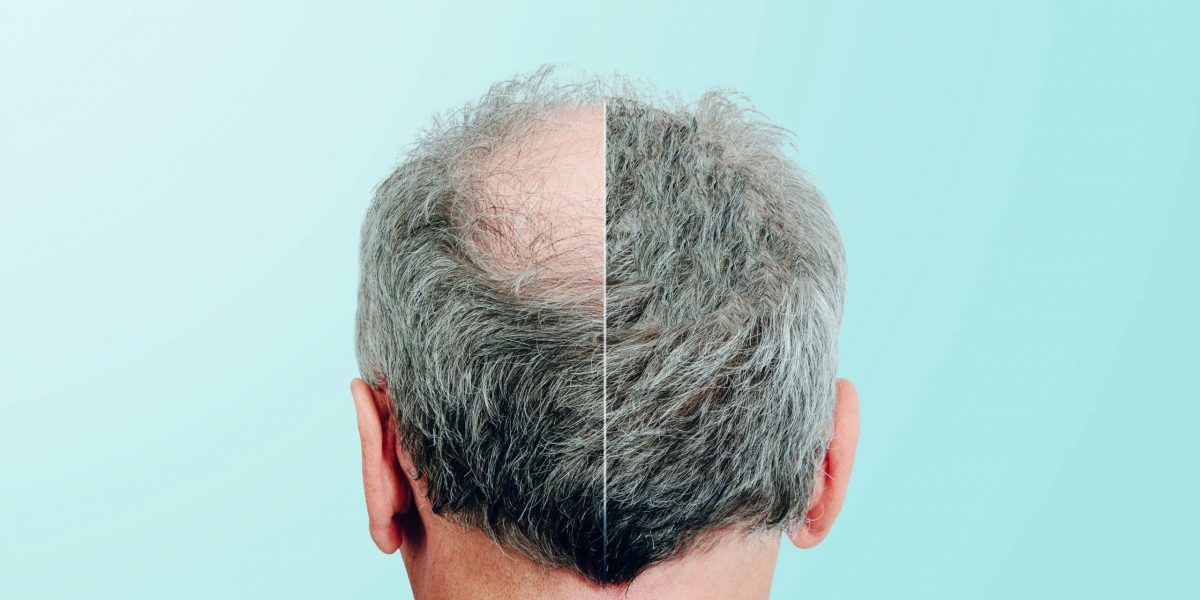Platelet-rich plasma or PRP treatment has marked its imprint in aesthetic medicine, offering an effective, non-surgical method for reversing hair loss.
The process pivots around a genius concept: using our body’s natural resources, specifically the power of the blood, to encourage new conditions for natural hair growth.
Let’s take a closer look at this procedure.
A Three-Step Miracle
The intriguing story of PRP’s metamorphosis — from a treatment for muscle, tendon, and ligament injuries to a popular hair loss treatment — is proof of how regenerative medicine keeps on evolving.
PRP treatment for hair loss involves a three-step process:
Collection: A sample of your blood is collected very similar to a standard lab test — simple and unchallenging.
Processing: The blood sample is then placed in a specialized machine, a centrifuge. This spins the blood at high speeds; in this whirling journey, the platelets get separated — creating the Platelet-rich plasma.
Injection: The harvested PRP is then injected into areas of your scalp that need enhanced hair growth. This rejuvenates the cells in the hair follicles, producing new, healthier hair cells — ultimately leading to improved hair growth.
Who Can Benefit From PRP Hair Treatment?
Hair loss is not confined to a particular group. Men and women undergo the ravages of hair loss, scientifically termed alopecia. Whether it’s hormonal imbalances, genetic predispositions, or even stress-induced, hair loss can strike anyone.
Ideal candidates for the PRP hair treatment are those who are just starting to experience hair thinning or have small patches of weak or lost hair. The proactive approach enables the procedure to be most effective, rejuvenating the hair cells before the hair follicles die out.
PRP treatment for hair in New York has seen considerable success, enhancing the panoramic view of hair loss treatment possibilities.
Getting Ready for PRP Hair Treatment
Deciding to start a new treatment can be a big step. It’s normal to have a lot of questions. So, if you’ve chosen to get PRP treatment for your hair, you might be wondering, ‘How can I prepare for it?’
The good news is that getting ready for PRP treatment is easy and requires minimal preparation. You’ll want to talk to your doctor about your health history and any medicines or supplements you’re using. They may also guide you to avoid certain medications like blood thinners or anti-inflammatory drugs for a specified period before the procedure.
Also, make sure you’re drinking enough water and eating well on the day of the treatment, as the first step involves drawing blood. It would also be helpful if your scalp is clean for the treatment. With these simple preparations, you will be all set to experience the fascinating PRP process.
Frequently Asked Questions
Can I resume normal activities after the PRP hair treatment?
Yes, the non-surgical nature of the procedure generally allows for immediate return to your daily activities.
What precautions should I take after the PRP hair treatment?
Following the treatment procedure, your healthcare provider might suggest minimizing exposure to harsh sunlight and avoiding swimming, steam rooms, saunas, and hair treatments for a short period.
Can I exercise after the PRP hair treatment?
It’s generally recommended to avoid heavy exercises for 24 to 48 hours after the PRP hair treatment.
Are multiple PRP treatment sessions required for effective hair growth?
This procedure often requires an average of three sessions for optimal hair growth. Your healthcare provider will design a treatment plan suited to your needs and expected results.
Are there any side effects of the PRP hair treatment?
PRP treatment is generally safe with few side effects since it utilizes the patient’s blood. Mild side effects may include infection, soreness, or bruising at the injection site.
How soon can I see results after PRP hair treatment?
Though results vary from person to person, most patients start observing noticeable improvements within three to six months after the treatment.
Can PRP be an alternative to grafting hair restoration solutions?
Indeed, PRP is considered a minimally invasive alternative to more involved hair restoration processes like FUT or FUE grafting. It encourages natural hair growth as opposed to grafting hair from elsewhere on the head.
Is it safe to say that PRP is universally applicable for hair loss treatment?
Additional research is necessary to establish the efficacy of PRP across all types of hair loss. However, current findings suggest PRP can promote and maintain hair growth for many people.








